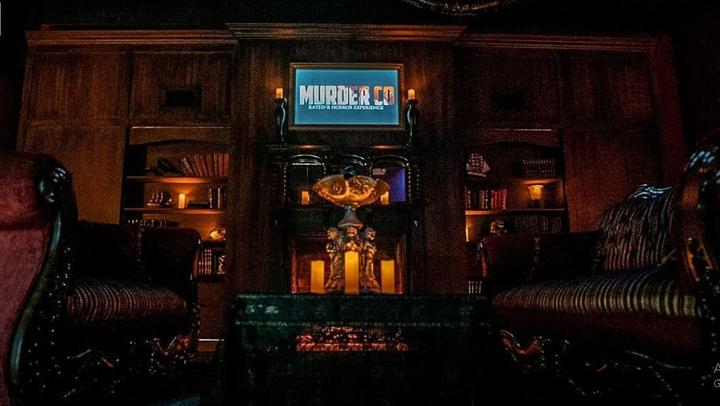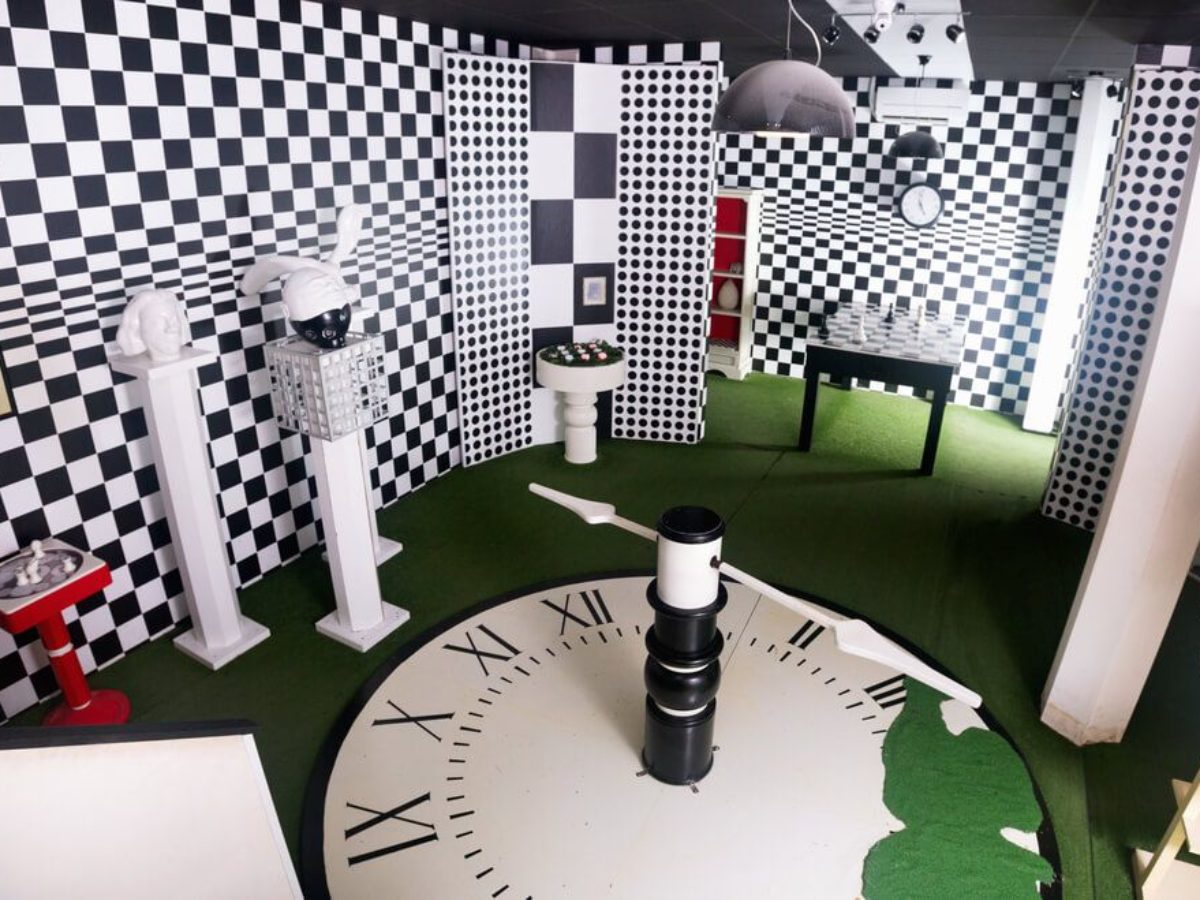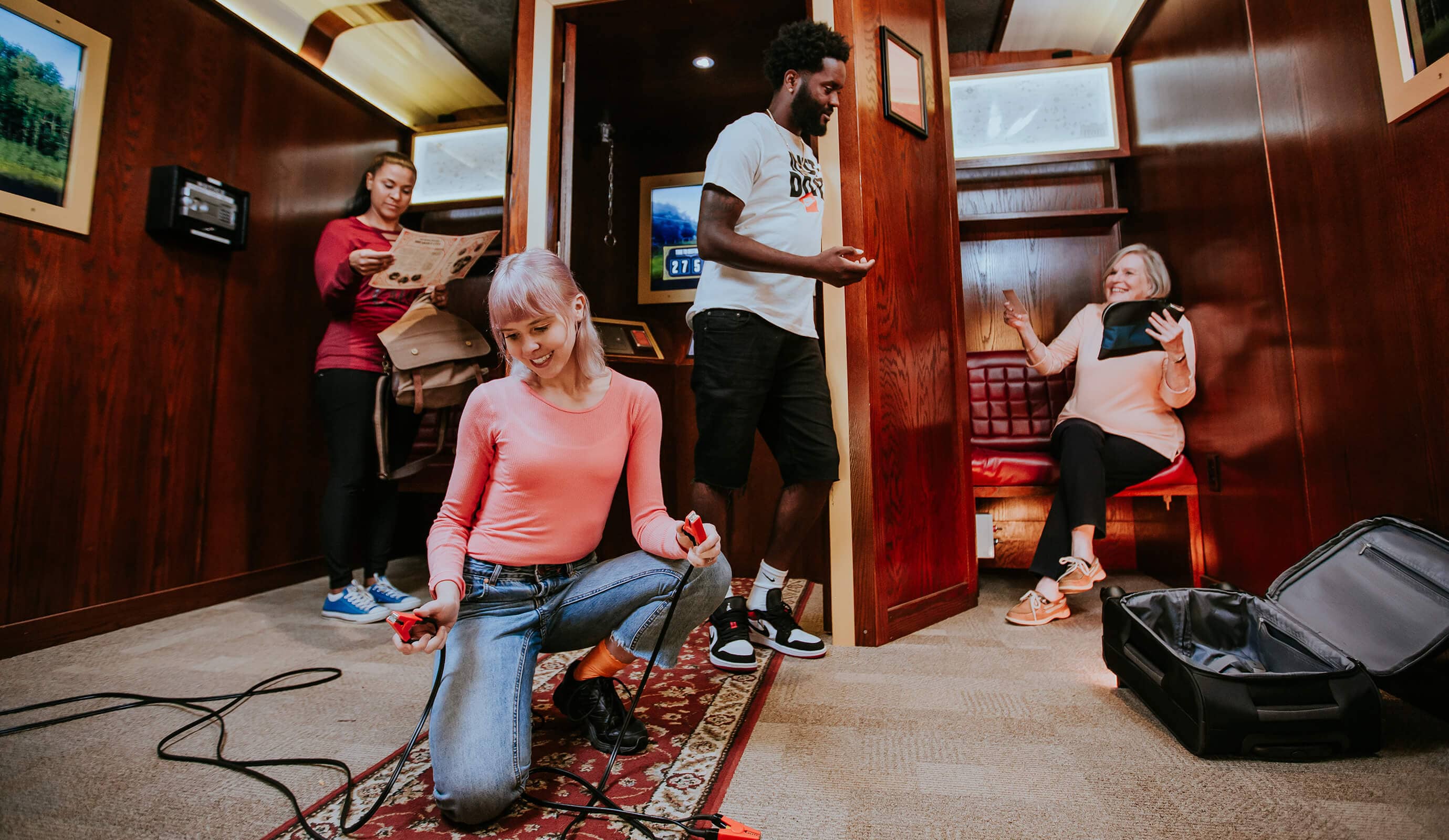Team Techniques: How to Team up Efficiently in an Escape Area
Groups need to proactively pay attention to each participant's understandings, assign functions that align with individual toughness, and maintain regular check-ins to guarantee focus and protect against redundancy. By cultivating an atmosphere that values communication and adaptability, groups can considerably enhance their efficiency and success rates.
Establish Clear Communication

To assist in clear communication, it is essential to mark a main point of call for information dissemination. Brief, focused updates from each group member can maintain the team informed without frustrating them with info.

Designate Roles Tactically
While clear interaction establishes the structure for efficient synergy, designating duties strategically guarantees that each employee's strengths are utilized effectively. In an escape area scenario, the time-sensitive and complicated nature of difficulties requires an efficient approach to job delegation. By recognizing and leveraging specific competencies, teams can maximize their analytic capacities and enhance overall performance.
Someone with an eager eye for information might stand out in locating hidden things, while a rational thinker could be much better matched to addressing puzzles. This role typically needs strong organizational and social abilities.
Second, guarantee that functions are adaptable and adaptable. As brand-new difficulties emerge, the team has to be able to pivot, reapportioning tasks as called for. This adaptability assists preserve momentum and protects against traffic jams that could take place due to inflexible role tasks.
Eventually, a calculated technique to function job not only makes best use of the staminas of each staff member yet additionally fosters a cohesive setting, driving the team in the direction of a successful escape.
Use Diverse Abilities
Recognizing and harnessing the varied abilities within your group can significantly boost your performance in an escape space. Each employee brings distinct strengths to the table, and effectively leveraging these abilities can quicken problem-solving and boost total performance. A group participant with solid logical skills might stand out at understanding intricate codes or patterns, while another with keen empirical abilities may promptly find concealed ideas that others might neglect.
Encourage group members to articulate their understandings and concepts immediately, making sure that all potential services are taken into consideration. Furthermore, appointing tasks that align with each participant's staminas can stop bottlenecks and make sure that progression is continuous.
Additionally, diversity in skills commonly equates to diversity in thinking designs, which is very useful in an escape room setup. While some obstacles may require logical reasoning and accuracy, others could benefit from look these up imaginative and association of ideas. By identifying and leveraging this variety, teams can resolve a wider series of difficulties better, thus boosting their chances of an effective escape.
Manage Time Effectively

First, designate first mins for a quick study of the space. Identify visible problems and separate tasks based upon staff member' toughness, making sure that nobody is still. Establish interior time checkpoints to assess progress periodically; for instance, objective to have half the problems resolved by the mid-point of the video game. This method can help keep the group focused and avoid time from escaping unnoticed.
Additionally, avoid one-track mind. If a puzzle is taking too long, rotate team members or go on to an additional obstacle, returning later on with fresh perspectives. Communication is vital-- keep everybody updated on fixed puzzles and continuing to be jobs to avoid repetitive efforts.
Lastly, use any tips or ideas sparingly but tactically - best escape room. Recognizing when to ask for assistance can save beneficial time. By sticking to these time management principles, teams can substantially improve their read this post here opportunities of an effective and satisfying escape room experience
Debrief and Reflect
Reflection is an important aspect of group advancement and improvement in the context of getaway rooms. When the obstacle is finished, whether efficiently or not, it is important for the team to take part in a structured debriefing session. This process allows team participants to analyze their efficiency, identify strengths, and determine locations for renovation.
Begin the debrief by reviewing what worked out. Highlight he said details instances of effective interaction, analytic, and partnership. Acknowledging these positive behaviors strengthens them and motivates their repetition in future obstacles.
Following, deal with the barriers came across. Go over minutes of confusion, miscommunication, or inadequate approaches. Motivate an open and useful discussion where employee can share their point of views without anxiety of objection. This promotes a culture of continuous renovation and learning.
Conclusion
To conclude, successful collaboration in an escape room is asserted upon clear interaction, calculated role assignments, the reliable utilization of varied abilities, and competent time administration. Regular check-ins and organized debriefings are essential for maintaining focus and cultivating continuous enhancement. By creating a natural and adaptive group environment, the probability of effectively solving challenges and achieving the purpose of running away the space is significantly improved. This method not just guarantees success however likewise promotes collective growth and knowing.